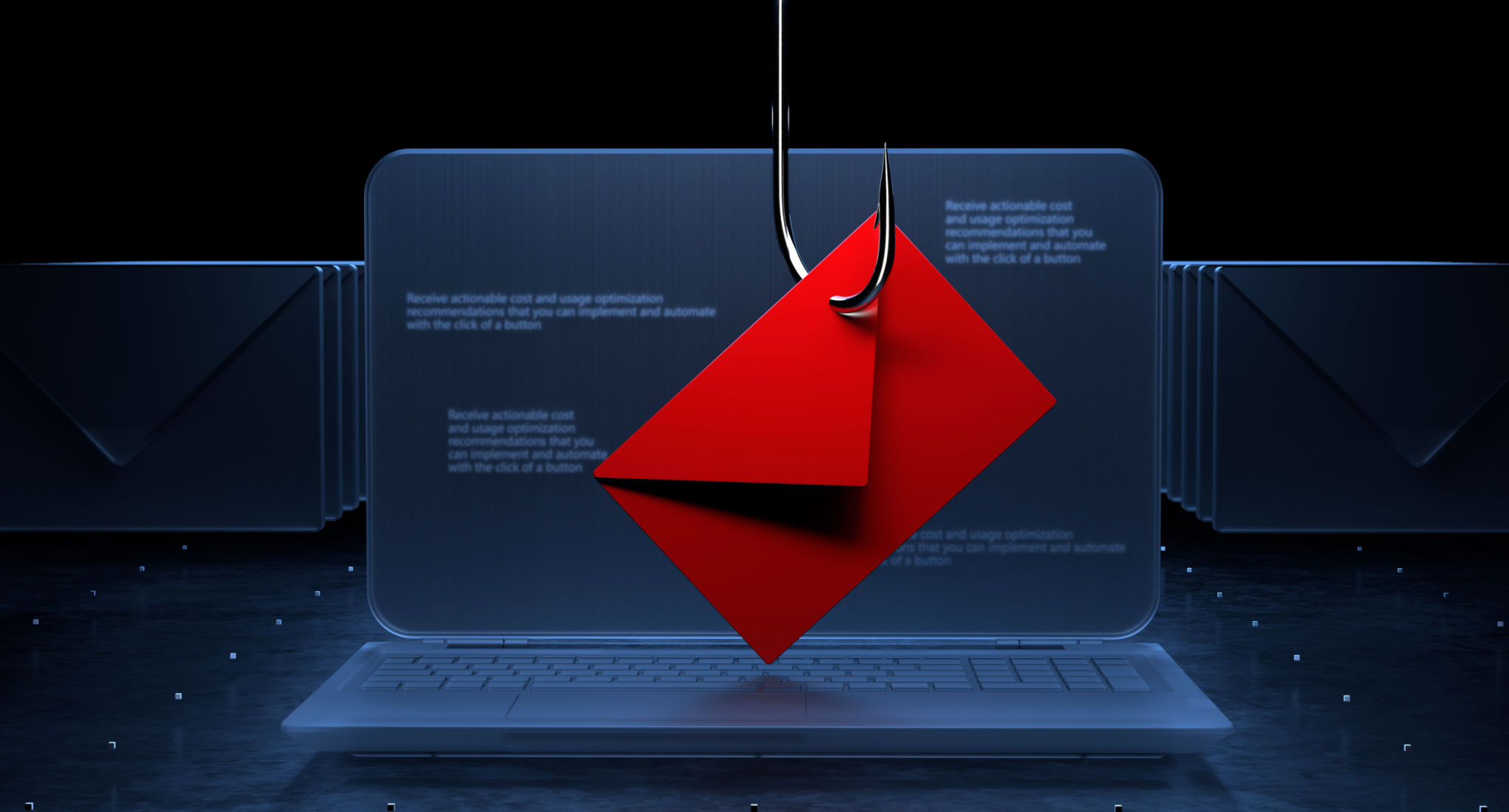A Beginner's Guide to DMARC, SPF, and DKIM
Understanding Email Authentication
In today's digital age, securing email communication is more important than ever. Email authentication protocols like DMARC, SPF, and DKIM are essential tools used to protect against email spoofing and phishing attacks. Each plays a unique role in ensuring that the emails you send and receive are legitimate and secure.

What is DMARC?
DMARC, which stands for Domain-based Message Authentication, Reporting & Conformance, is an email validation system designed to protect your organization's email domain from being used for email spoofing. DMARC builds on the widely deployed SPF and DKIM protocols by adding a crucial reporting function that allows domain owners to have better visibility and control.
Implementing DMARC helps in reducing spam and phishing attacks by specifying how mail servers should handle messages that claim to come from your domain but fail authentication checks. A properly configured DMARC policy can significantly enhance your organization's email security posture.
The Role of SPF
SPF, or Sender Policy Framework, is an email authentication method used to prevent spammers from sending messages on behalf of your domain. It allows the owner of a domain to specify which mail servers are permitted to send emails on its behalf.
By including a list of authorized IP addresses in the domain's DNS records, SPF helps receiving email servers verify whether incoming messages originate from an authorized sender. This helps in reducing the chances of your domain being used for malicious activities.

Understanding DKIM
DKIM, or DomainKeys Identified Mail, adds a digital signature to emails that enables the receiving server to verify whether an email was sent and authorized by the owner of that domain. This signature is created using cryptographic authentication, which ensures that the content of the email has not been altered during transit.
By using DKIM, you can ensure that your emails are trustworthy and have not been tampered with, providing an additional layer of security over traditional SPF checks.
Implementing These Protocols
To effectively utilize DMARC, SPF, and DKIM, you must configure them in your domain's DNS settings. Here are the basic steps:
- Set up SPF: Define which mail servers are allowed to send emails on behalf of your domain by adding an SPF record to your DNS settings.
- Generate DKIM keys: Create a public and private key pair for your domain. Publish the public key in your DNS records and configure your email server to sign outgoing messages with the private key.
- Configure DMARC: Create a DMARC record in your DNS settings that specifies the policy for handling unauthenticated emails.

The Benefits of Using Email Authentication
Implementing DMARC, SPF, and DKIM offers numerous benefits for businesses. These protocols help protect against unauthorized use of your email domain, reduce the risk of phishing attacks, and enhance your brand's reputation. By ensuring that only authorized messages reach your users, you can build trust and credibility with your audience.
Furthermore, regular monitoring through DMARC reports provides valuable insights into potential threats and unauthorized usage attempts, helping you stay proactive in maintaining email security.
Conclusion
Email authentication is a crucial component of modern cybersecurity practices. By adopting DMARC, SPF, and DKIM, you can safeguard your organization's email communications against common threats and ensure that your messages reach their intended recipients with integrity.
If you're new to these protocols, consider consulting with an IT expert or using specialized tools to assist in setting up and managing your email authentication systems effectively. With the right setup, you can create a secure and reliable communication channel for your business.